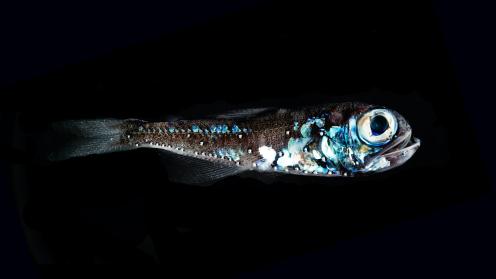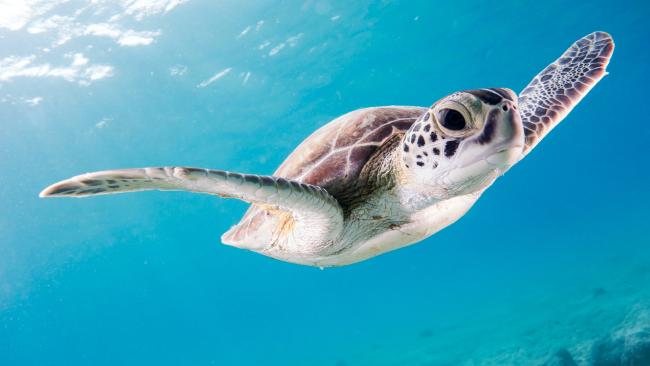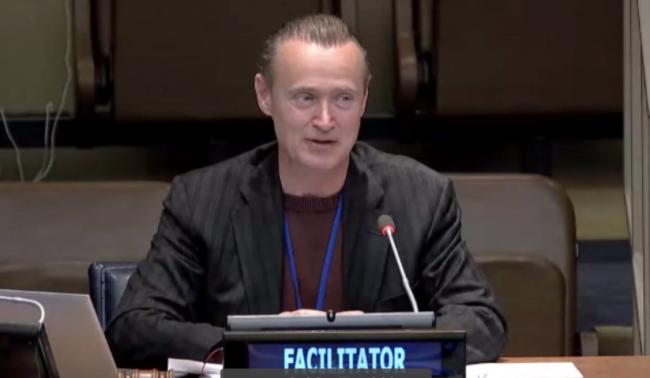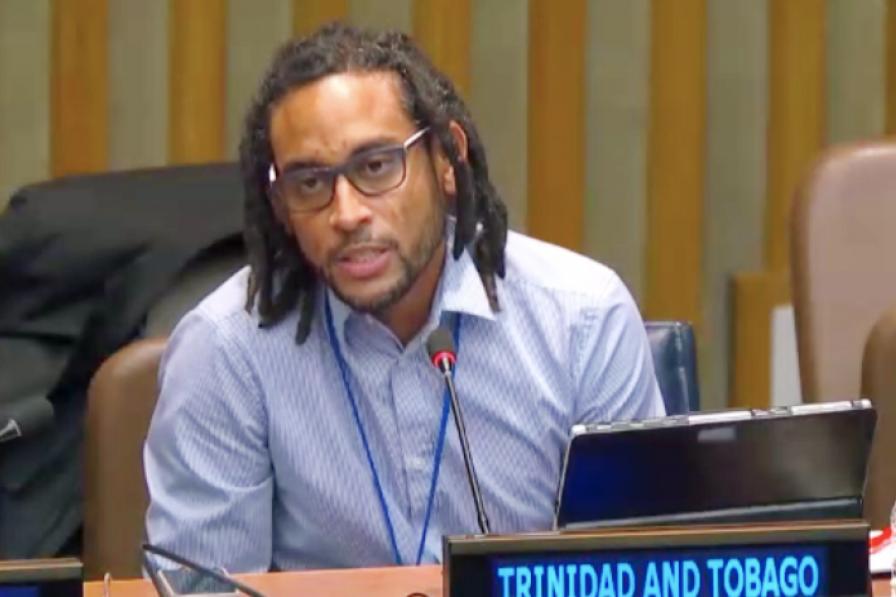On Wednesday, 16 March 2022, delegates attending the fourth meeting of the intergovernmental conference (IGC-4) on an international legally binding instrument under the United Nations Convention on the Law of the Sea on the conservation and sustainable use of marine biological diversity of areas beyond national jurisdiction (BBNJ) opened discussions on environmental impact assessments (EIAs). Facilitated by René Lefeber (the Netherlands), delegates addressed specific elements related to EIAs including, inter alia:
- Thresholds and criteria;
- The need for separate EIA considerations for marine areas identified as ecologically or biologically significant or vulnerable;
- Public notification and consultation; and
- Decision making.
Delegates considered both the global and the nitty gritty aspects of environmental impact assessments, debating, for instance, who was ultimately responsible for decision making about planned activities in the high seas. While many respected the rights of the state in taking these decisions, others saw a role for the future conference of parties (COP) making the final decisions, particularly in cases where the planned activities could have significantly harmful effects on the marine environment in areas beyond national jurisdiction. Many also saw the need for a scientific, technical and technological body in the review of EIAs, with some also allocating additional roles to this body.
Could a couple of harmless rowers on the high seas cause “minor or transitory” effects significant enough to trigger an EIA? This was the question they considered in their discussions on thresholds, addressing how high or low a threshold would have to be for an EIA to be triggered.
Throughout the day, there was a reiteration of positions, which also brought to the fore the plethora of proposals developed at IGC-3, during the intersessional period, and at this meeting about EIA-related issues, and the other elements of the package. These numerous proposals prompted one delegate to share that “there is definitely a lot more discussion, and we are coming to the point of understanding why they want what they want.”
Wednesday’s discussions proved just how interrelated the provisions under the agreement are, with delegates having to address large sections of the text as their submissions on one article stretched into several other articles and parts of the agreement. Discussions on the EIA “spider web” will conclude on Thursday, 17 March 2022. Thursday will also see discussions on definitions, which delegates could use to untangle the intricate web and gain clarity.
To receive free coverage of global environmental events delivered to your inbox, subscribe to the ENB Update newsletter.












